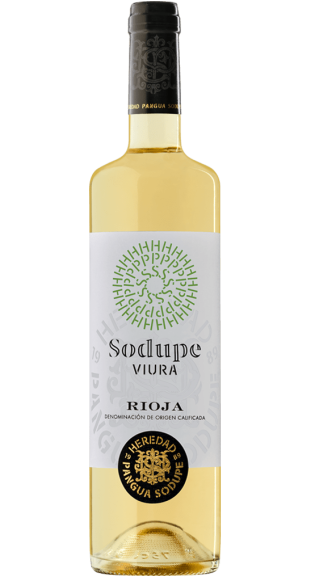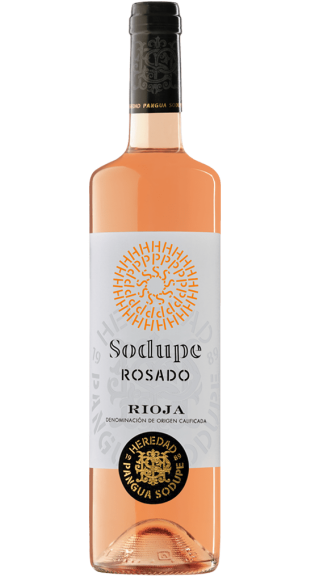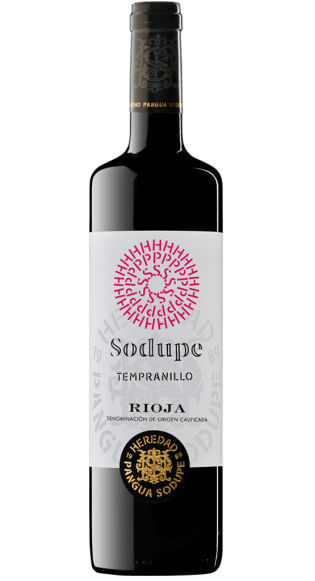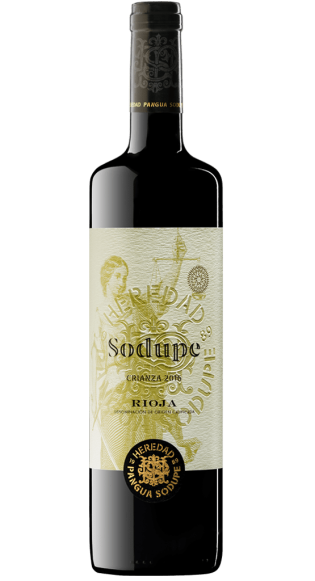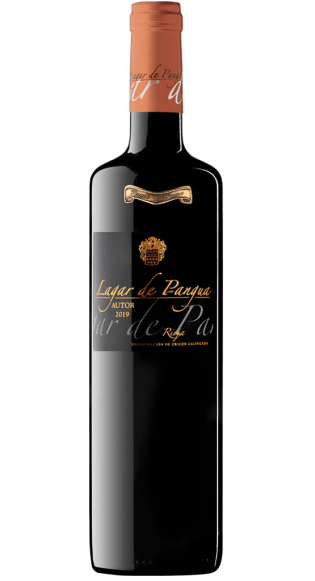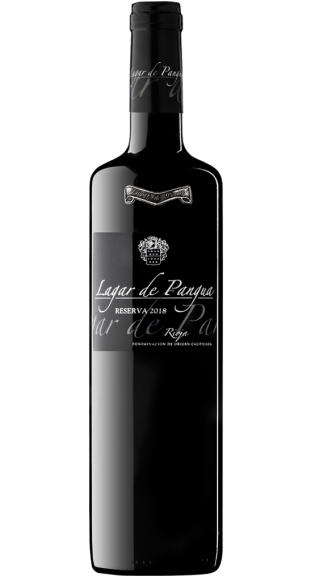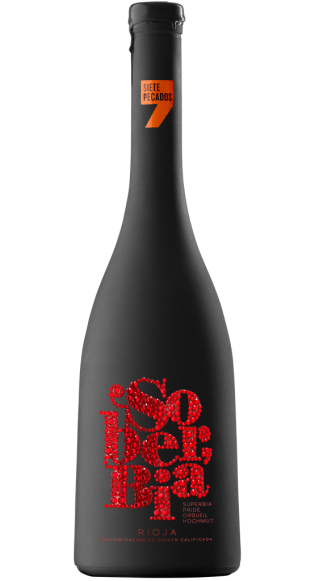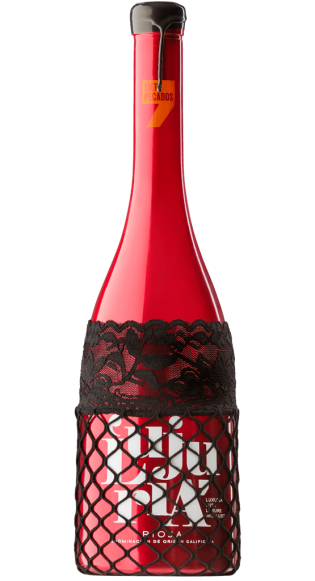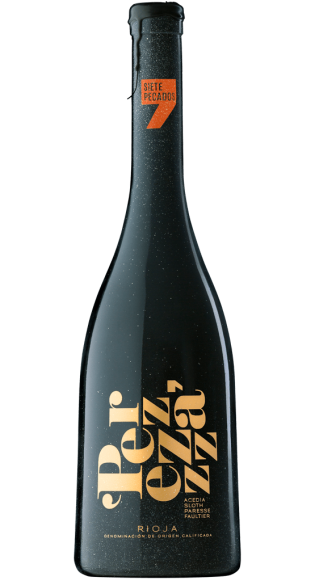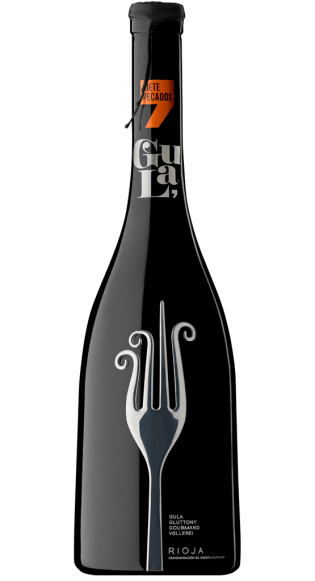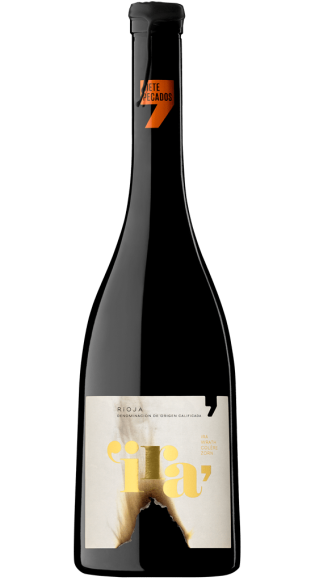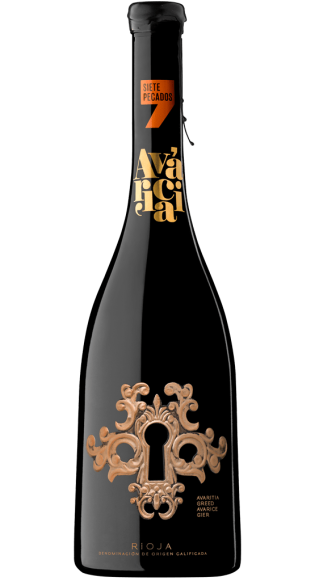T h e f r u i t o f t h e l a n d a n d o f l a b o r
Carrying out and controlling all the operations of the winemaking process, from pruning the vine to the last drop that fills the bottle, gives us the opportunity to produce excellent fruit for subsequent vinification.
The great wines come from select grapes, with highly cultivated vines and specific and precise viticulture, adapting each wine depending on the grape.
The good work done in the field, with consistency and perseverance, as well as the obsession with obtaining the perfect grape grain, together with the exhaustive control in winemaking, gives us the satisfaction of an exquisite result.
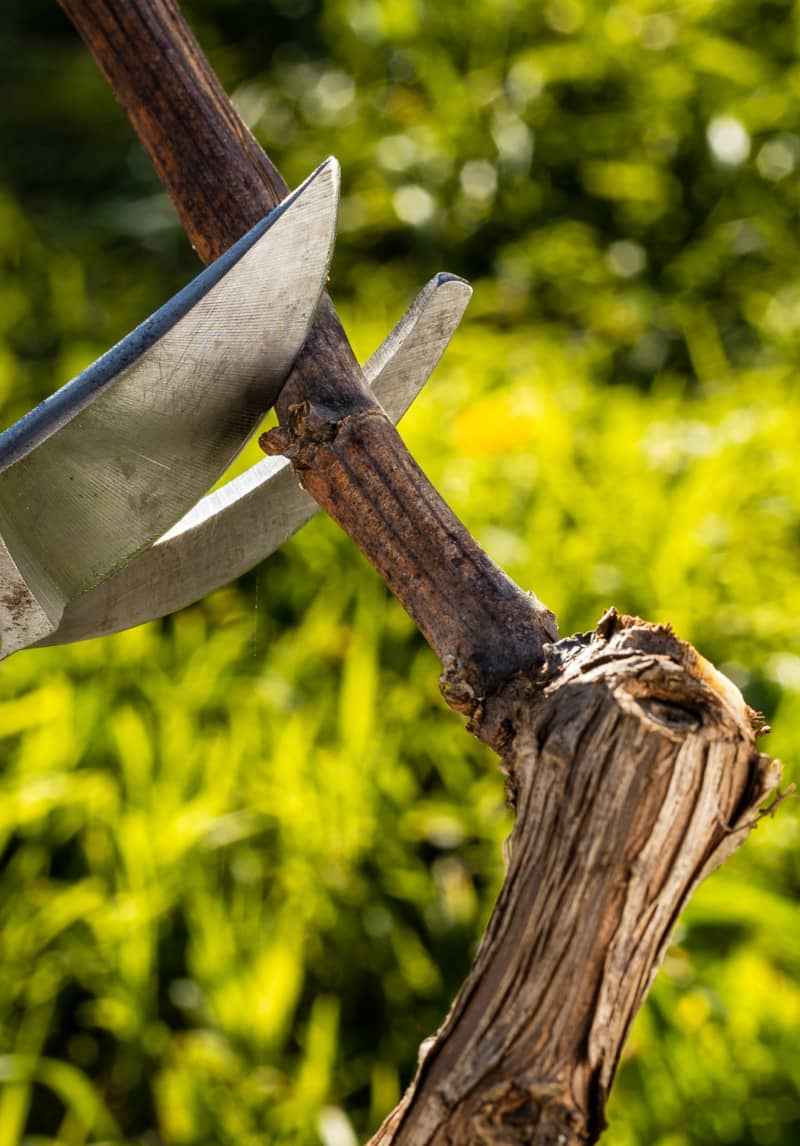
Pad and Thumbs
T h e P r u n i n g

The application of pruning as a cultivation technique in the vineyard has its origin, or at least the first documentation found, in ancient Greece.
New pruning techniques have been appearing, but deep down the philosophy and method of execution remain the same.
The vine is an acrotonous plant, it is a liana that in the wild lives in the undergrowth and climbs on the trees in its competition for light. The form that the vines adopt is due to the training and pruning carried out by the winegrower.
Nowadays pruning in the vine is the cultural practice that requires more knowledge, and whose realization, contrary to general opinion, is more difficult.
It is an annual operation in which we remove wood, to avoid the formation of intricate crops, limiting the number of buds, and consequently the number of inflorescences, adapting it to the photosynthetic possibilities of the strain and therefore regulating the quality of the grape.
In our vineyards, the main training system is free or also known as goblet training. This type of conduction, without supports or tutors, the only way that exists to form and size the vine is by carrying out a short and severe pruning, in La Rioja it requires the formation of three arms, with two thumbs per arm and leaving a load of two buds per thumb.
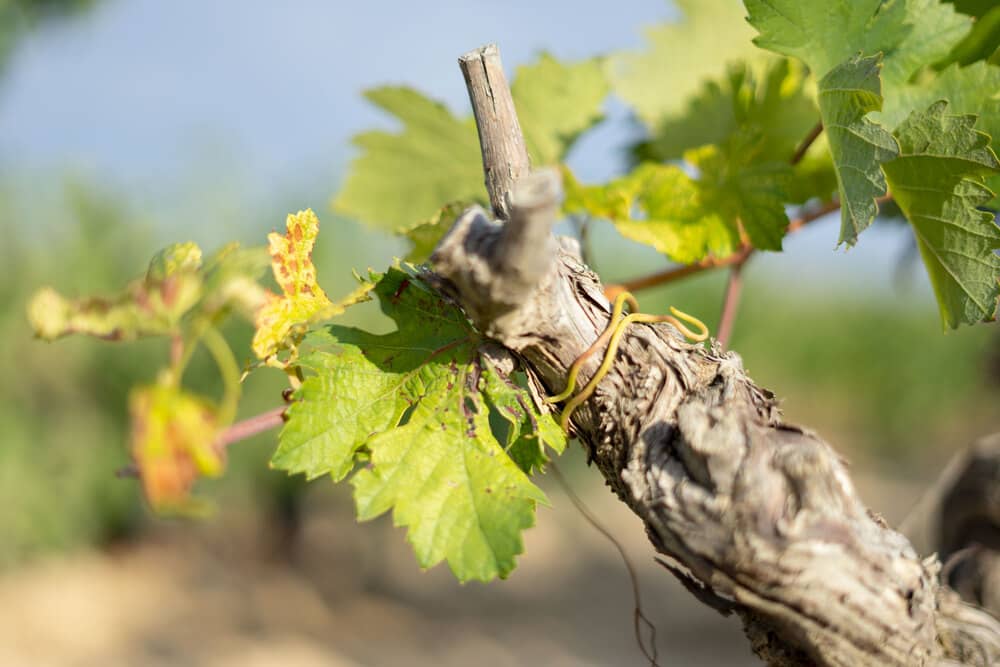
In Barrel
T h e U p b r i n g i n g
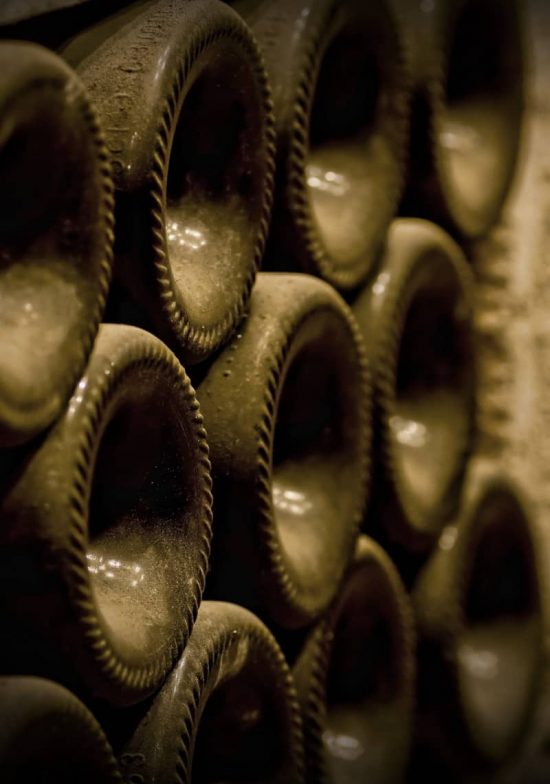
Barrel aging is something that we take great care of in our family winery, as you will see below.
Although there are several species of oak in the world, about 250, only some species of oak such as Quercus Alba (American oak), Quercus Petrae (French oak) and Quercus Robur are suitable for aging wines.
This, together with the geographical area where they are located, climatology, terrain, orography, which provide the natural qualities, both physical, such as granulation and thickness of the stave (28 mm), on which the impregnation of wine in the structure of the wood, the evaporation on its surface due to ambient conditions and the diffusion of oxygen that is introduced into the barrel.
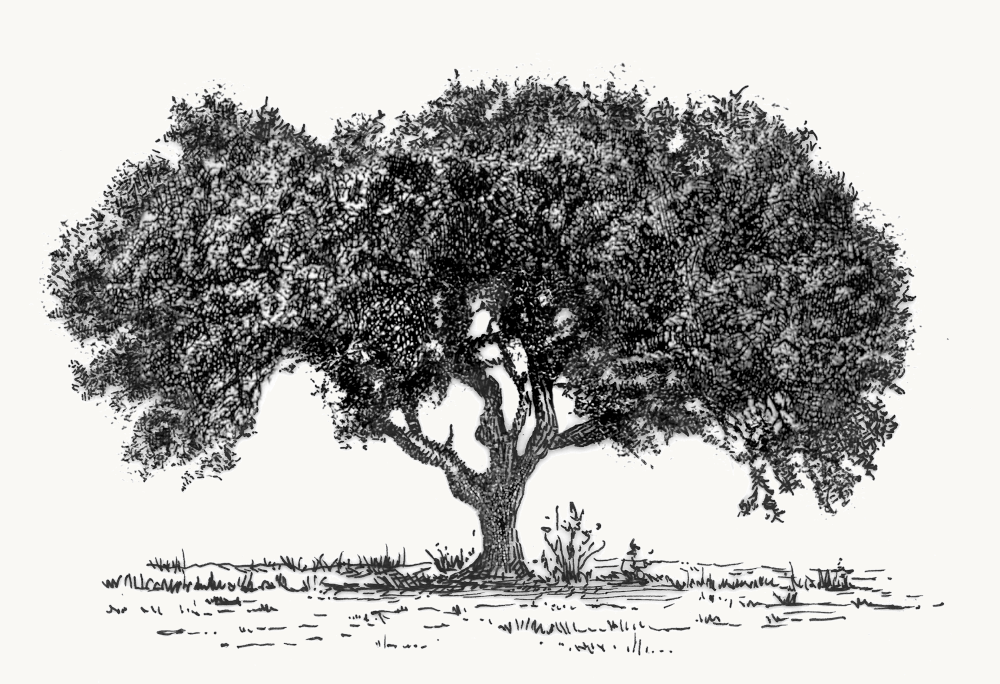
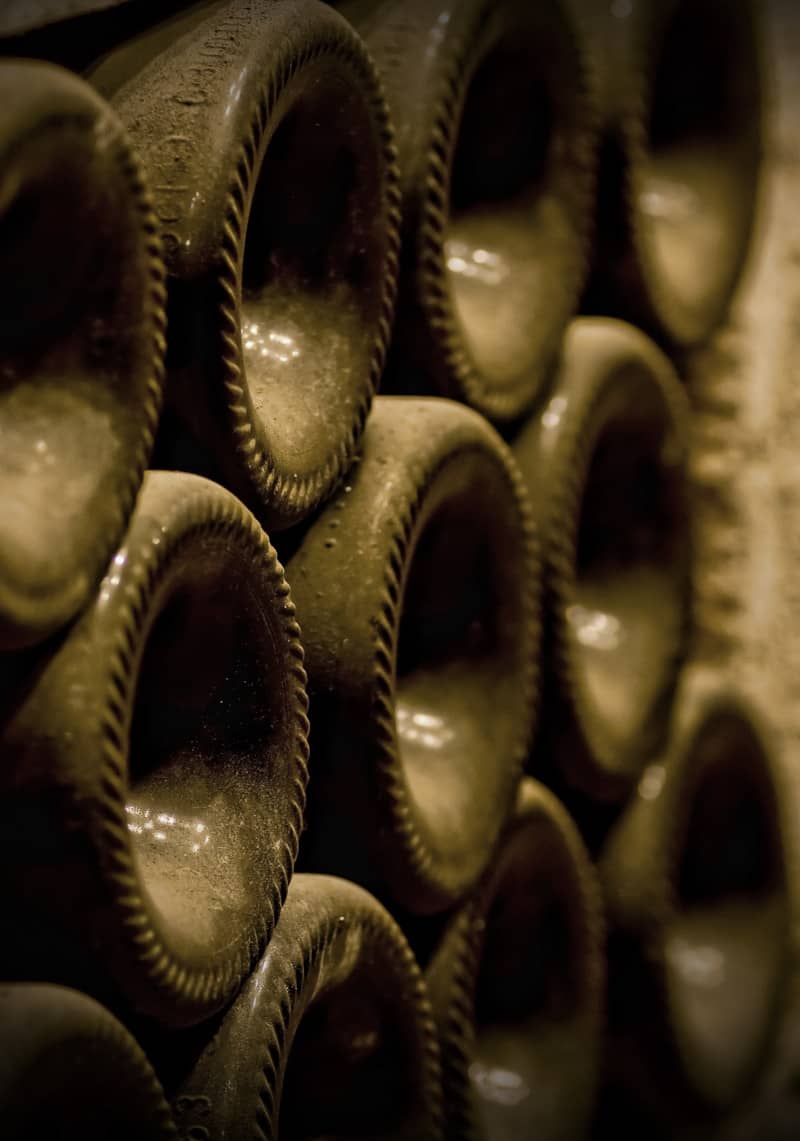
A m e r i c a n o a k

In the case of our American barrels, the oak grows in the forests of Missouri and Appalachia, where they develop in ideal conditions for this type of tree. Growth is rapid and heterogeneous, depending largely on the annual weather factor.
This type of growth makes the grain coarser and provides greater activity between the wine and the wood.
As for obtaining staves, in American oak they are obtained by sawing, which allows twice as many barrels to be obtained per cubic meter of wood than in French oak.
Through sawing, the cut of the wood is apparently smooth, but the wine penetrates to a greater extent, for which there is greater impregnation, and the transfer of tannins and aromatic components from the wood will take place in less time.
The staves are dried in the open air for at least three years, this always depends on several factors, although what is tried is to eliminate the herbaceous flavors from the wood; mainly ellagic tannins, which give astringent and green flavors.

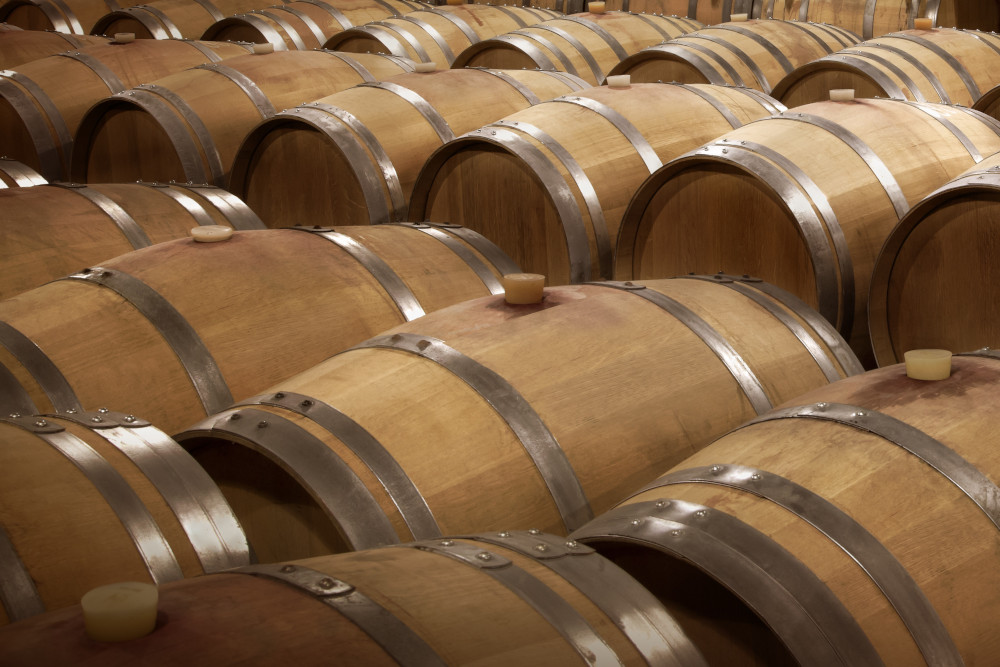
F r e n c h o a k

In the case of our French barrels, the oak grows in the forests of central France, where the climatic conditions are homogeneous year after year, which affects the tree so that the grain is finer and more homogeneous than the American one.
French oak requires splitting, following the trajectory of the medullary rays, to avoid its soft parts, which causes a significant loss of wood.
Using the splitting technique, the wine barely penetrates the wood, so the release of compounds released by the wood will be slower.
The staves are dried in the open air for longer than the American, this always depends on several factors, although what is tried is to eliminate the herbaceous flavors from the wood; mainly ellagic tannins, which in French oak are much more numerous.
G e n e r a l f e a t u r e s

To shape the staves, what is done is to heat them so that they are more docile and do not cause breakage or fissures, this is done by means of fire, and the time is approximately one hour.
Once the barrel has been shaped, the toasting proceeds. The toasting will form different compounds in the barrel, such as flavors and aromas that will be transferred to the wine.
After several tests, with different toasts with the different oaks, in our winery we have decided to give our barrels a specific and unique toast for our wines, and different in the case of French or American oak, which makes the blend between the wine and the barrel is perfect.
In our winery we take great care of the final product, and for this we must control each step in the production, the barrels are something that will greatly influence our wine, that is why in our winery we select the batches of wood from which they are going to be elaborate our barrels, controlling the grain, drying time, toasting time and final product.
With this we achieve that our lots of barrels are homogeneous, achieving a stable quality in the wood, and ensuring that it contributes year after year what we want in our wines.

